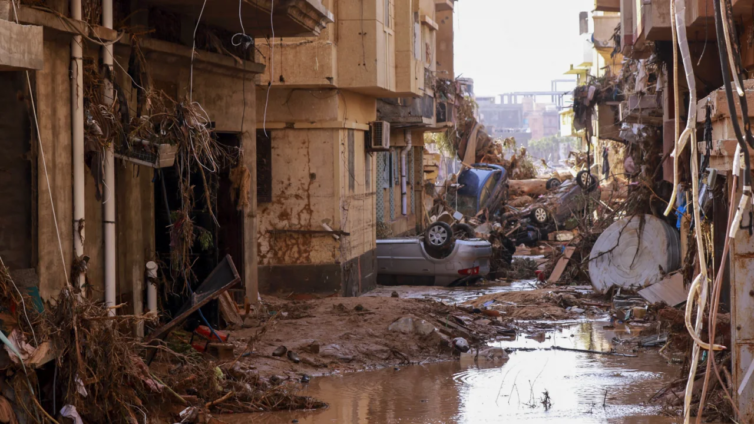More than 5,000 people are presumed dead and 10,000 missing after heavy rains in northeastern Libya caused two dams to collapse, surging more water into already inundated areas.
Tamer Ramadan, head of the International Federation of Red Cross and Red Crescent Societies delegation in Libya, gave the numbers of missing people during a briefing to reporters in Geneva, Switzerland, on Tuesday. “The death toll is huge,” she said.
At least 5,300 people are thought dead, said the interior ministry of Libya’s eastern government on Tuesday, state media LANA reported. CNN has not been able to independently verify the number of deaths or those missing.
Of those who were killed, at least 145 were Egyptian, officials in the northeastern city of Tobruk, in Libya, said on Tuesday.
In the eastern city of Derna, which has seen the worst of the devastation, as many as 6,000 people remain missing, Othman Abduljalil, health minister in Libya’s eastern administration, told Libya’s Almasar TV. He called the situation “catastrophic,” when he toured the city on Monday.
Whole neighbourhoods are believed to have been washed away in the city, according to authorities.
Hospitals in Derna are no longer operable and the morgues are full, said Osama Aly, an Emergency and Ambulance service spokesperson.
Dead bodies have been left outside the morgues on the sidewalks, he told CNN.
“There are no first-hand emergency services. People are working at the moment to collect the rotting bodies,” said Anas Barghathy, a doctor currently volunteering in Derna.
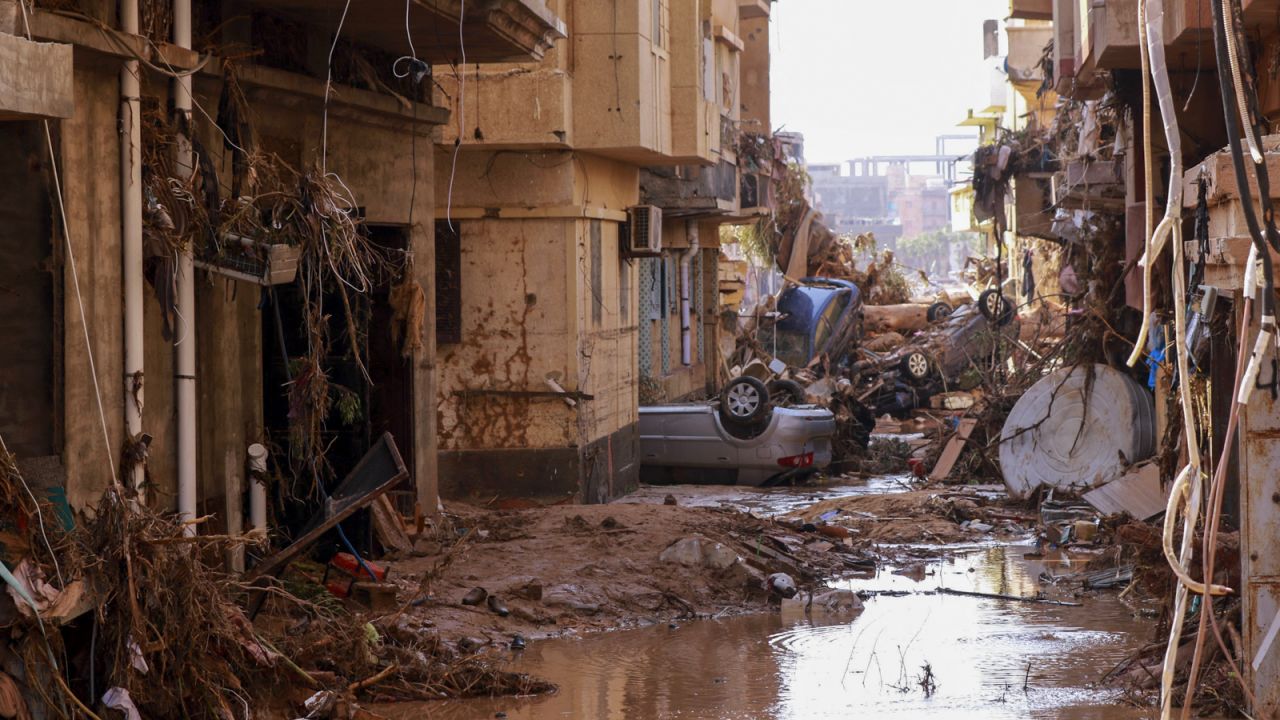
‘We are all terrified’
Relatives of people who lived in the destroyed city of Derna told CNN they were terrified after seeing videos of the flooding, with no word from their family members.
Ayah, a Palestinian woman with cousins in Derna, said she has been unable to reach them since the floods.
“I’m really worried about them. I have two cousins who live in Derna. It seems all communications are down and I don’t know if they are alive at this point. It is very terrifying watching the videos coming out of Derna. We are all terrified,” she said.
Emad Milad, a resident of Tobrok, said eight of his relatives died in the flooding in Derma.
“My wife Areej’s sister and her husband both passed away. His whole family is also dead. A total of eight people are all gone. It’s a disaster. It’s a disaster. We are praying for better things,” he said on Tuesday.
‘Ferocious’ weather conditions
The rain, which has swept across several cities in Libya’s north-east, is the result of a very strong low-pressure system that brought catastrophic flooding to Greece last week and moved into the Mediterranean before developing into a tropical-like cyclone known as a medicane.
The deadly storm comes in an unprecedented year of climate disasters and record-breaking weather extremes, from devastating wildfires to oppressive heat.
Just as ocean temperatures around the world soar off the charts due to planet-warming pollution, the temperature of the Mediterranean is well-above average, which scientists say fueled the storm’s heavy rainfall.
“The warmer water does not only fuel those storms in terms of rainfall intensity, it also makes them more ferocious,” Karsten Haustein, climate scientist and meteorologist at Leipzig University in Germany, told the Science Media Center.
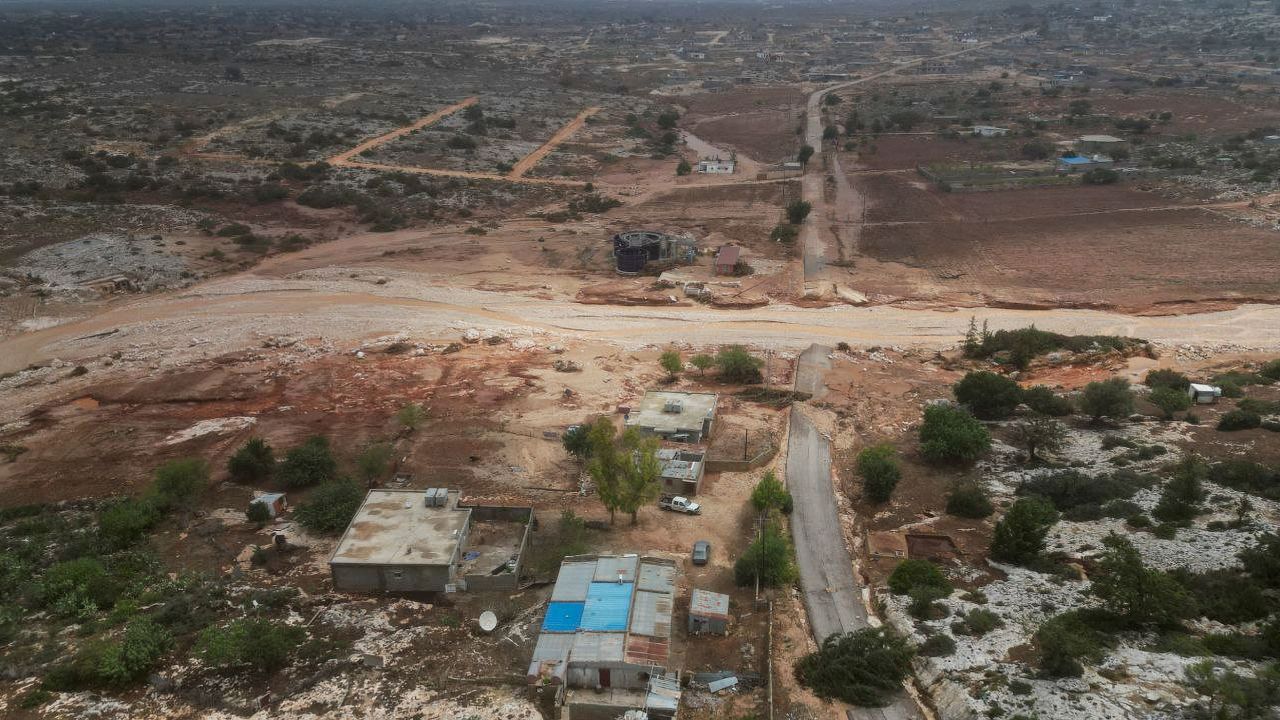
Libya’s vulnerability to extreme weather is increased by its long-running political conflict, which has seen a decade-long power struggle between two rival administrations.
The UN-backed Government of National Unity (GNU), led by Abdulhamid Dbeibeh, sits in Tripoli in northwest Libya, while its eastern rival is controlled by commander Khalifa Haftar and his Libyan National Army (LNA), who support the eastern-based parliament led by Osama Hamad.
Derna, which lies some 300 kilometres (190 miles) east of Benghazi, falls under the control of Haftar and his eastern administration.
The country’s complex politics “pose challenges for developing risk communication and hazard assessment strategies, coordinating rescue operations, and also potentially for maintenance of critical infrastructure such as dams,” Leslie Mabon, lecturer in Environmental Systems at The Open University, told the Science Media Center.
Dams collapse
The collapse of two dams, which sent water rushing towards Derna, has caused catastrophic damage, authorities said Tuesday.
“Three bridges were destroyed. The flowing water carried away entire neighborhoods, eventually depositing them into the sea,” said Ahmed Mismari, spokesperson for the LNA.
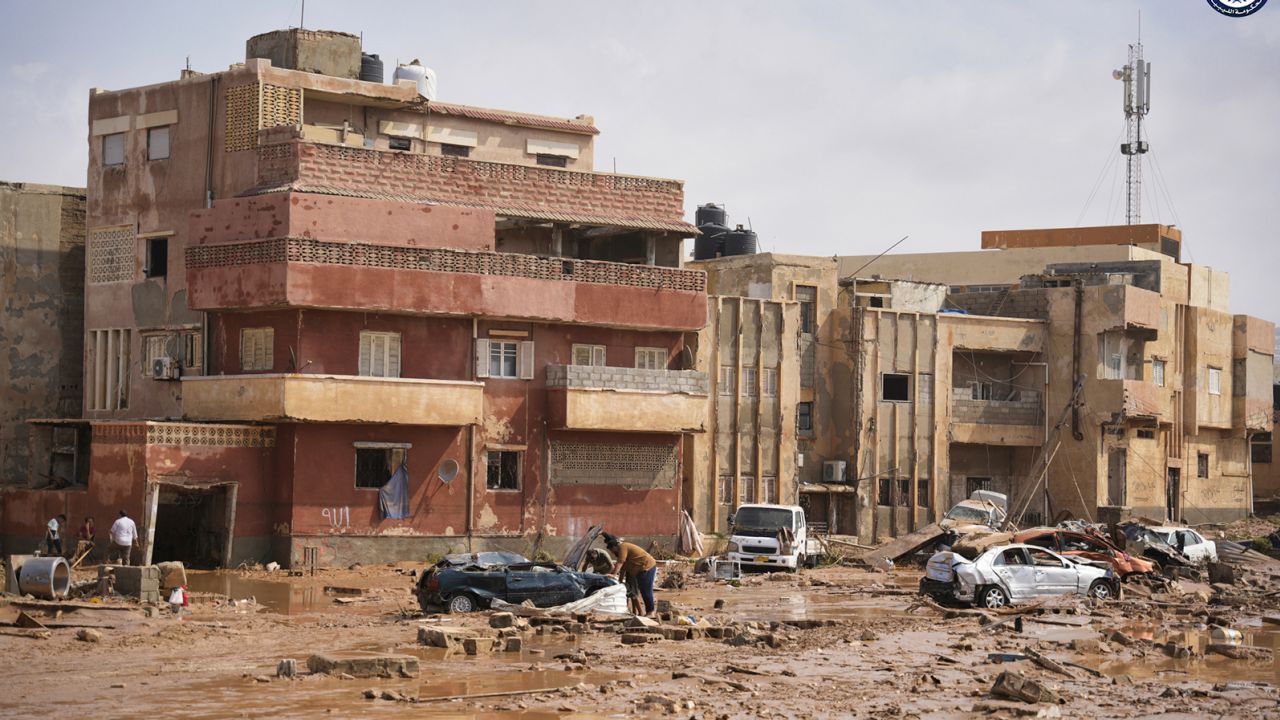
Homes in valleys were washed away by strong muddy currents carrying vehicles and debris, said Aly, the Emergency and Ambulance authority spokesperson.
Phone lines in the city are down, complicating rescue efforts, with workers unable to enter Derna due to the heavy destruction, Aly told CNN.
Aly said authorities didn’t anticipate the scale of the disaster.
“The weather conditions were not studied well, the seawater levels and rainfall [were not studied], the wind speeds, there was no evacuation of families that could be in the path of the storm and in valleys,” he said.
“Libya was not prepared for a catastrophe like that. It has not witnessed that level of catastrophe before. We are admitting there were shortcomings even though this is the first time we face that level of catastrophe,” Aly told Al Hurra channel.
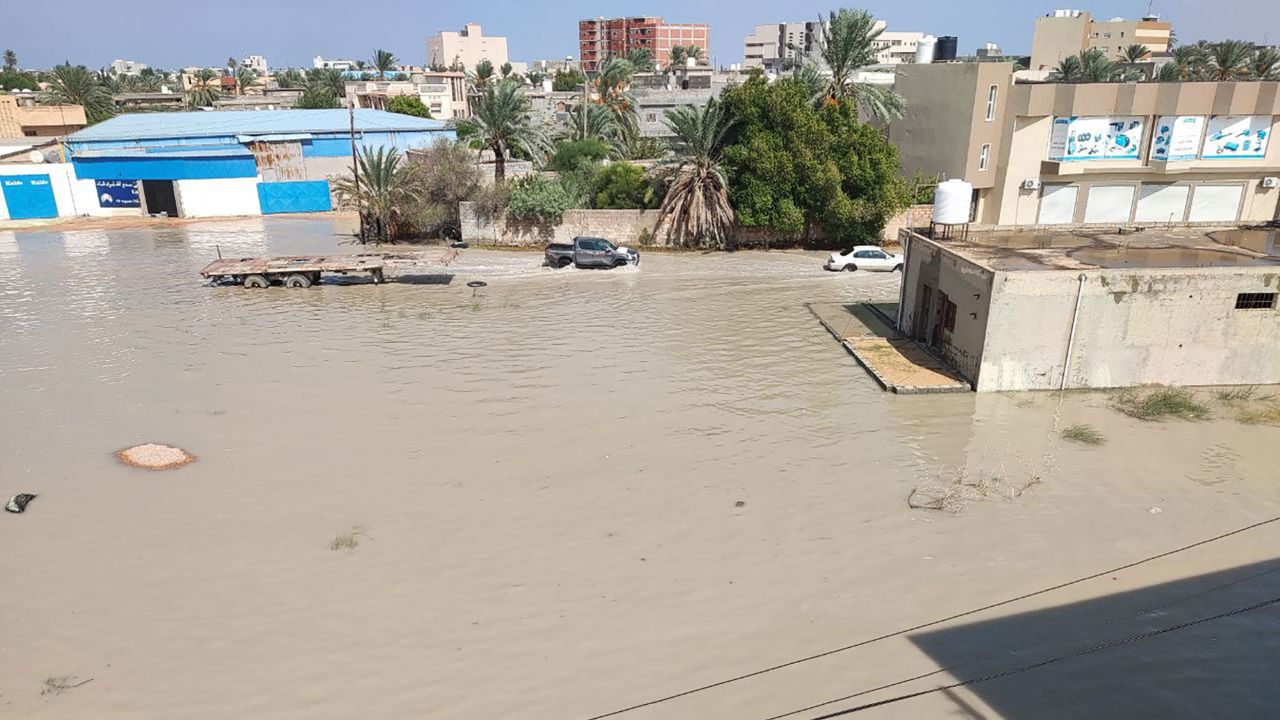
‘Unprecedented flooding’
The storm looks certain to be one of the deadliest on record in North Africa.
Libya is facing an “unprecedented” situation, said Hamad, the head of the eastern administration, according to a report from state news organization Libyan News Agency (LANA).
Mismari, the LNA spokesperson, said the floods have affected several cities, including Al-Bayda, Al-Marj, Tobruk, Takenis, Al-Bayada, and Battah, as well as the eastern coast all the way to Benghazi. At least 37 residential buildings were swept away into the seas.
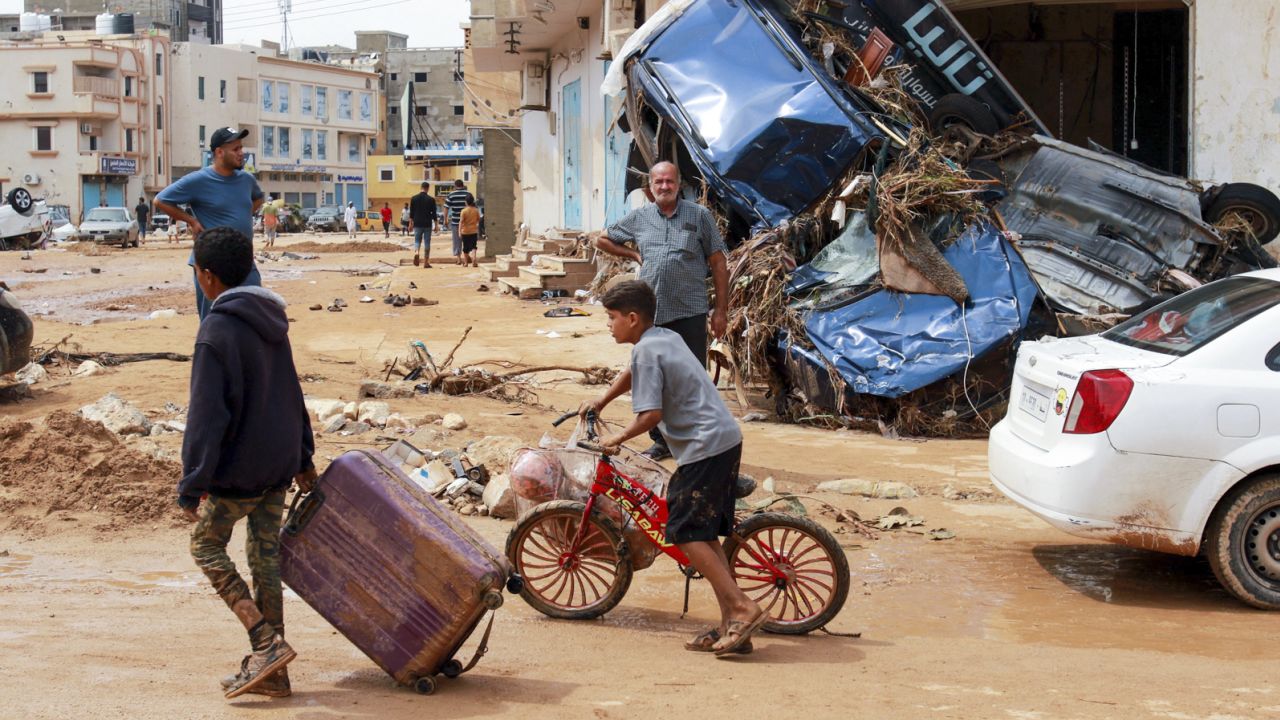
“We are not prepared for such a scale of devastation,” Mismari said.
Libyan authorities need three types of specialized search groups including teams to recover bodies from rugged valleys after torrents dispersed them, teams to recover bodies from under the rubble, and teams to recover bodies from the sea, he added.
Tens of thousands of military personnel have been deployed, but many of the flood-stricken regions are still inaccessible to emergency workers, according to Mismari.
Several countries and human rights groups have offered aid as rescue teams scramble to find survivors under the debris and rubble.
The International Rescue Committee (IRC) said the country faces “an unprecedented humanitarian crisis,” in the wake of the disaster.
Ciaran Donelly, IRC’s senior vice president for crisis response, said the challenges in Libya “are immense, with phone lines down and heavy destruction hampering rescue efforts.” He added that climate change has compounded the “steadily deteriorating” situation in the country after years of conflict and instability.
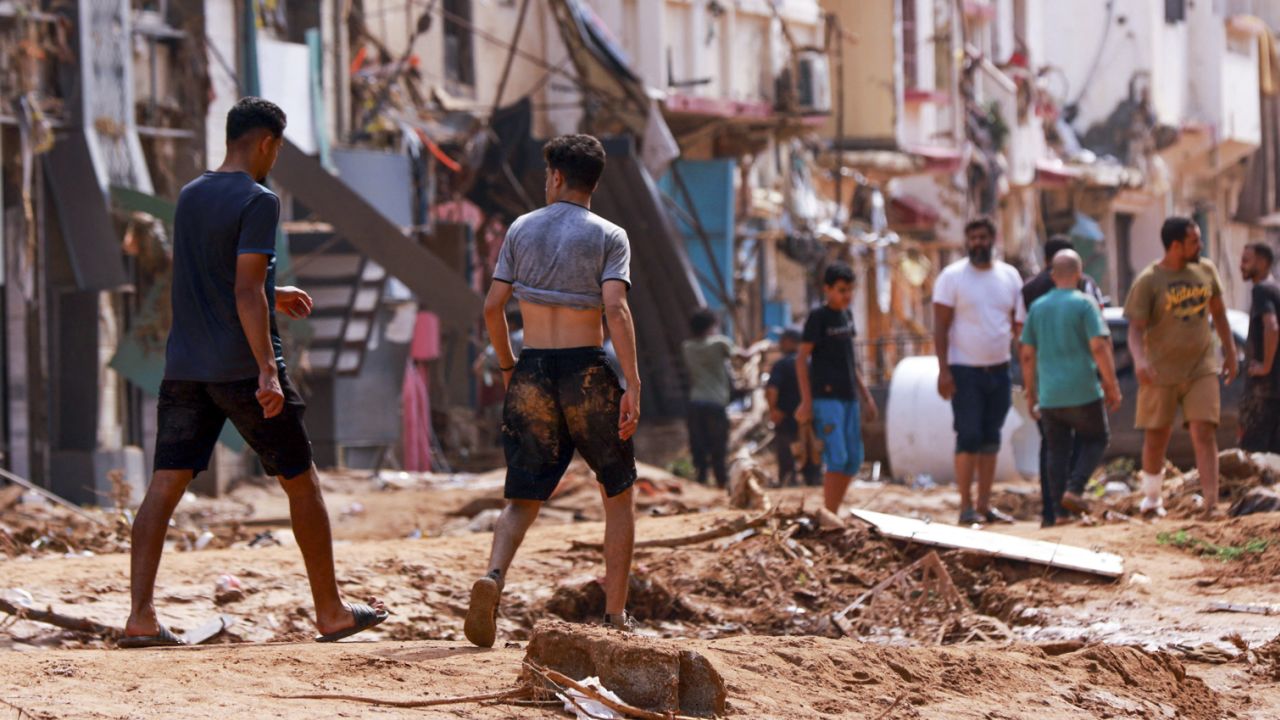
Turkish aircraft delivering humanitarian aid have arrived in Libya, according to Turkey’s Emergency Management Authority (AFAD) on Tuesday.
Turkish President Recep Tayyip Erdogan said the country would send 168 search and rescue teams and humanitarian aid to Benghazi, according to state run news agency Anadoulu Agency on Tuesday.
Italy is sending a civil defense team to assist with rescue operations, the country’s Civil Protection Department said Tuesday.
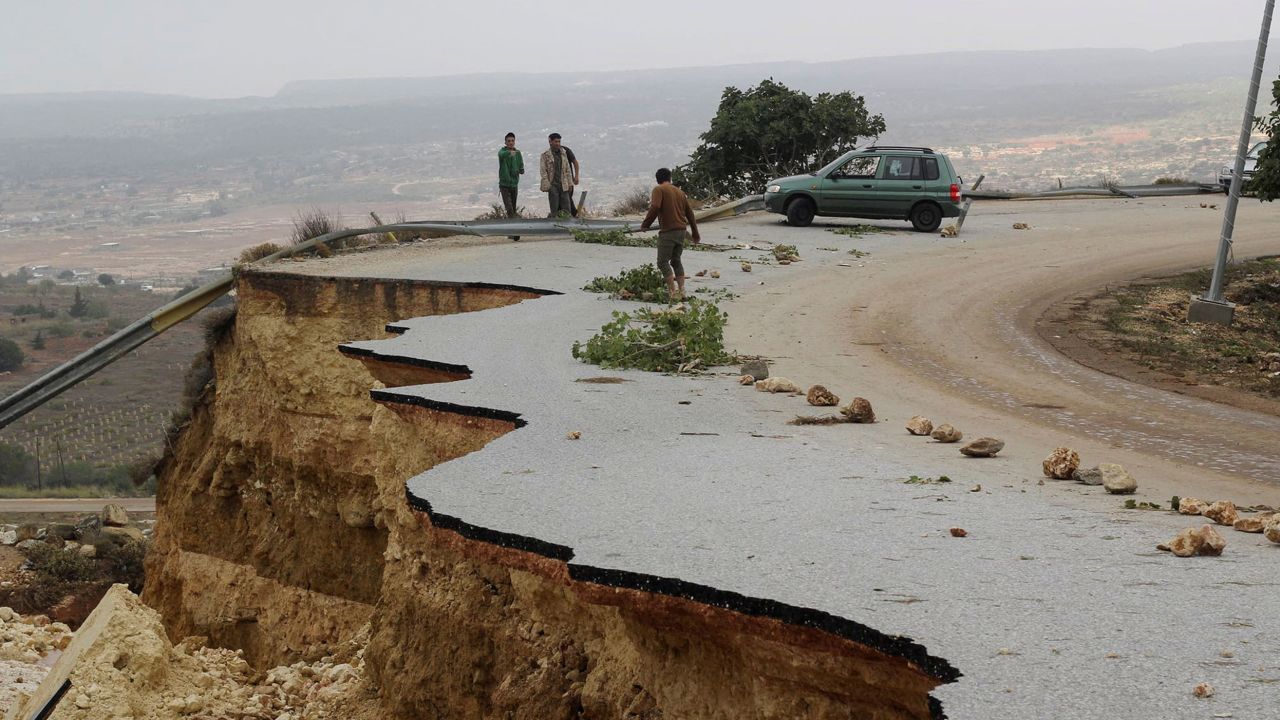
The US Embassy in Tripoli, Libya, announced that its special envoy, ambassador Richard Norland, had made an official declaration of humanitarian need.
This “will authorize initial funding that the United States will provide in support of relief efforts in Libya. We are coordinating with UN partners and Libyan authorities to assess how best to target official US assistance,” it posted on X (formally known as Twitter).
United Arab Emirates President, Zayed Al Nahyan, has directed to send aid and search and rescue teams while offering his condolences to those affected by the catastrophe, state news agency reported.
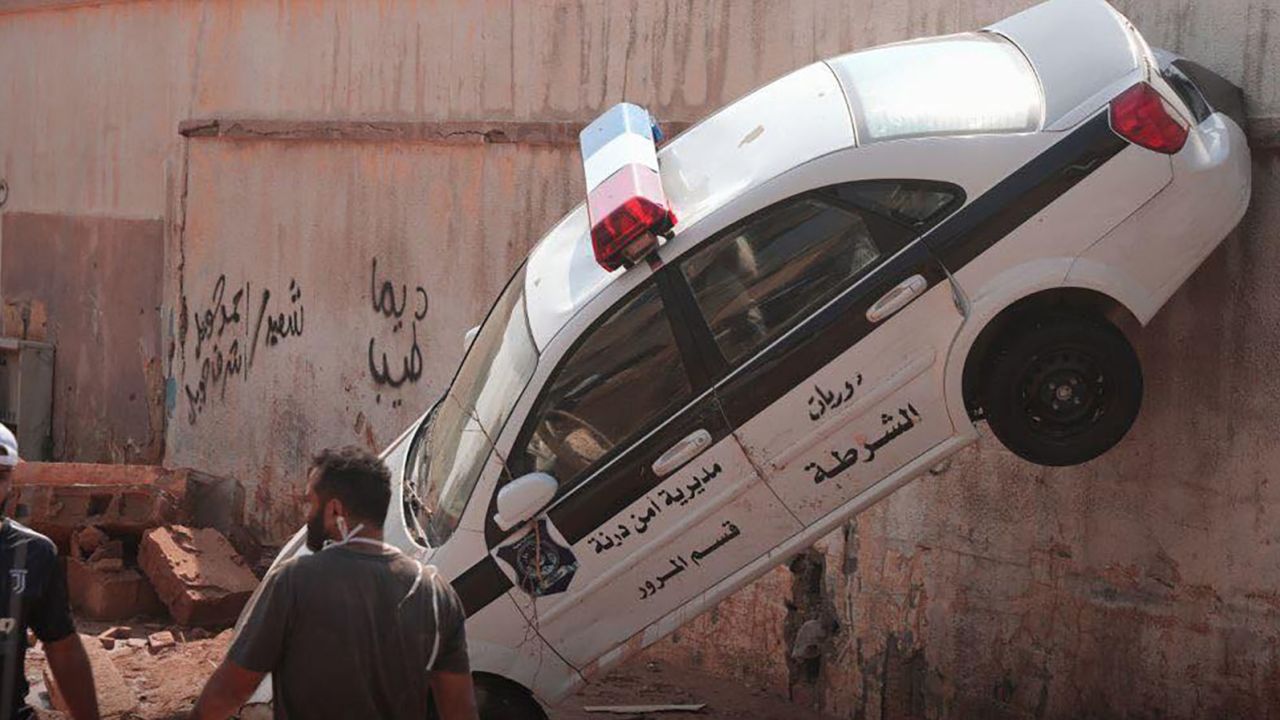
Egypt’s President Abdel-Fattah El-Sisi sent a military delegation, led by the Egypt’s Armed Forces’ chief of staff Osama Askar, whom arrived in Libya on Tuesday to coordinate the provision of logistical and humanitarian assistance.
The storm reached a peak in northeastern Libya on Monday, according to a statement from the World Meteorological Organization, citing Libya’s National Meteorological Centre.
Libya’s storm follows deadly flooding in many other parts of the globe including southern Europe and Hong Kong.
Latest Stories
-
Queenmother calls on President-elect Mahama to appoint more women in his government
1 hour -
Atletico Madrid beat Barcelona to go top of La Liga
1 hour -
Usyk breaks Fury’s heart with points win in rematch
1 hour -
Ghana-Russia Centre to run Russian language courses in Ghana
7 hours -
The Hidden Costs of Hunger: How food insecurity undermines mental and physical health in the U.S.
8 hours -
18plus4NDC marks 3rd anniversary with victory celebration in Accra
10 hours -
CREMA workshop highlights collaborative efforts to sustain Akata Lagoon
10 hours -
2024/25 Ghana League: Heart of Lions remain top with win over Basake Holy Stars
12 hours -
Black Queens: Nora Hauptle shares cryptic WAFCON preparation message amid future uncertainty
12 hours -
Re-declaration of parliamentary results affront to our democracy – Joyce Bawah
12 hours -
GPL 2024/25: Vision FC score late to deny Young Apostles third home win
12 hours -
Enhancing community initiatives for coastal resilience: Insights from Keta Lagoon Complex Ramsar Site Workshop
12 hours -
Family Health University College earns a Presidential Charter
12 hours -
GPL 2024/25: Bibiani GoldStars beat Nsoatreman to keep title race alive
13 hours -
GPL 2024/25 Bechem United keep title hopes alive with narrow win over FC Samartex
13 hours

